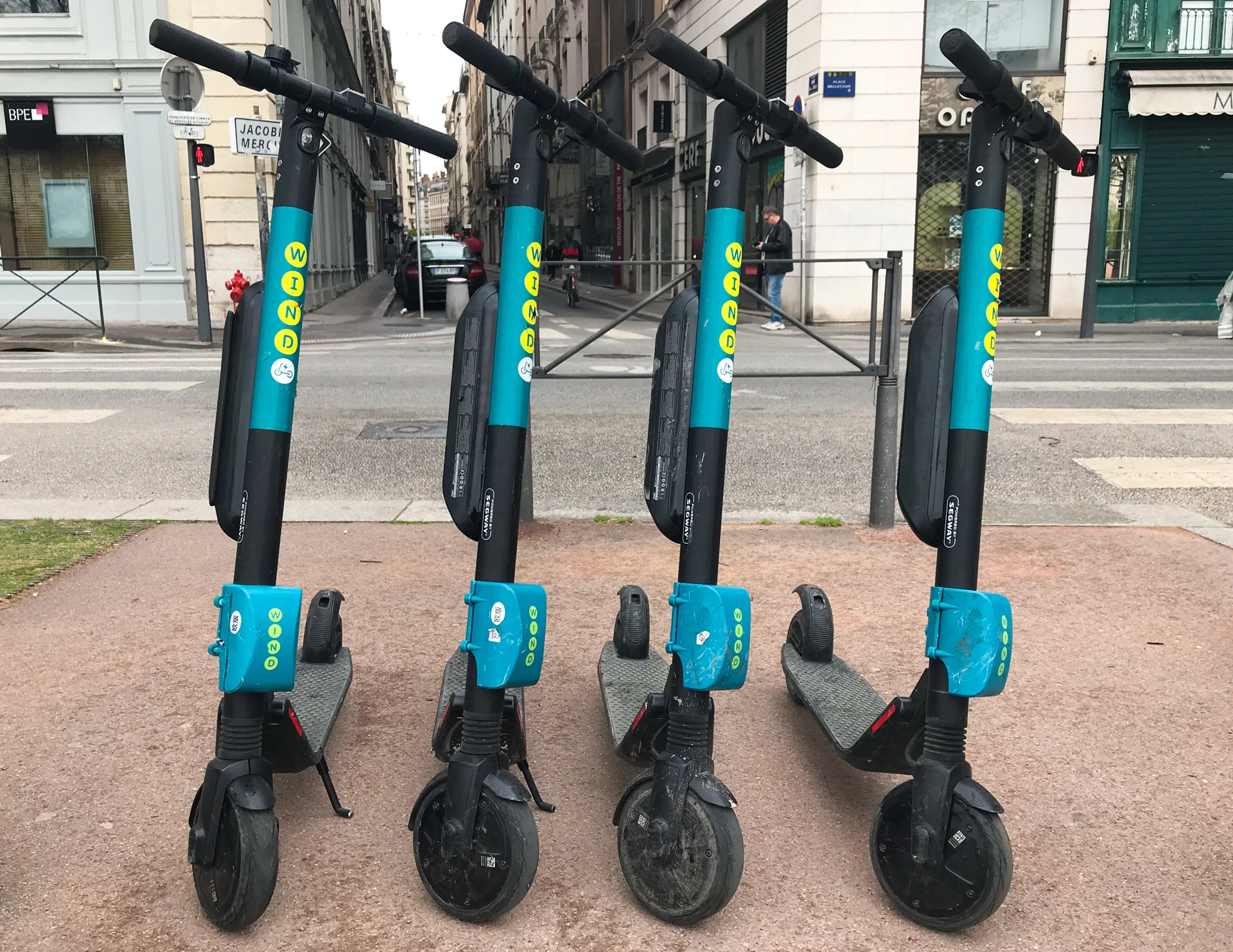Shared bike and e-scooter programs hold a lot of promise—they could get city residents out of their cars and into the groove of embracing emissions-free transportation. But that’s not going to happen if the backlash against scooters—critics say they clutter sidewalks, impede and endanger pedestrians, and are just plain annoying—continues. It’s also not going to happen if scooter riders can’t locate a scooter when they need one most. You can’t substitute a scooter for your car if there isn’t a scooter anywhere nearby when you need it.
Dmitry Shevelenko, a former director of business development at Uber, has a solution: Let the scooters drive themselves. As the now president and founder of Tortoise (alongside cofounder David Graham), he’s created technology to let people remotely control e-scooters, directing them to their homes or to designated scooter parking spots in cities and suburbs. This, he says, will not only solve the street clutter and convenience issues of shared e-scooters but also their operators’ financial troubles.
“There’s not a single operator that’s making any money today,” Shevelenko says, “and a big part of that is their single biggest daily operating expense is moving the scooters and e-bikes to get recharged every night and placing them back out on the street.” Doing this also requires packing the scooters in carbon-emitting vehicles, defeating the purpose of the so-called environmentally friendly mode of transportation.
To be clear, Shevelenko is not starting a new scooter company. He’s creating an API that existing scooter companies can use to make their services more convenient (if a scooter is two-wheeled, it also requires installing two little wheels in the front so it can stand up without falling as it moves without a rider). So far, Tortoise has partnered with four existing scooter share programs—Wind, CityBee, Go X, and the Portland-based Shared. Tortoise will start deploying its technology across those brands around November, Shevelenko says, with initial programs taking place in both Peachtree Corners, Georgia, and Vilnius, Lithuania’s capital.
The exact number of vehicles that will be equipped with Tortoise technology is “still being finalized with cities,” says Shevelenko, “but we’re expecting initial deployment will be 50 to 100 scooters per operator per market.” Tortoise will start small, with just one deployment per operator, but Shevelenko is thinking big. “We don’t see a reason that [a scooter company partner’s] entire fleet won’t be upgraded to work with automated repositioning.”

Before deploying a bunch of remotely controlled scooters, Shevelenko has the creepiness factor to contend with. Much of the public is still skeeved out by drone deliveries and self-driving cars—they’re not going to be comfortable with rider-less scooters eerily circling their block.
Shevelenko acknowledges that some people will always be disturbed by robots’ presence in our daily lives. “But I think the unique thing of what we’re doing is there’s a real public policy benefit here—we’re solving a real problem, which is the clutter and obstructions,” he says.
Then there’s the safety issue. Self-driving cars aren’t perfect, so there’s naturally a concern that rider-less scooters will pose some dangers to pedestrians and vehicles, like when they have to cross the street by themselves.
At launch, the scooters won’t actually be operating solo. Tortoise technology was built, says Shevelenko, so remote scooter operators can be located anywhere “so long as there’s 4G network in the community we’re serving.” Remote operators will be able to use a camera on the scooters they’re directing , so they’ll see in real time when the scooters are crossing streets or nearing pedestrians. Tortoise’s remote operations center is more than 1,800 miles away from its U.S. pilot location.
If the operators somehow fall asleep at the wheel, however, the scooters’ max speed will be five miles per hour during all remote operations, so they’ll move slowly enough to not hurt you if they’re being controlled by a bad driver. “I have a 4-year-old daughter, and we ran one of our scooters into her. It was comical because it just stopped,” says Shevelenko. This saving grace, of course, doesn’t apply to a situation where the operator fails to pay attention and lets the scooter roll into a highway.
Shevelenko has been careful to work closely with the cities and suburbs where he’s planning to deploy Tortoise, and his board of advisers includes former heads of transit systems like the Massachusetts Bay Transportation Authority and the Obama administration’s smart cities lead Daniel Correa. Together, Tortoise and city officials have come up with supposedly safe routes for the remotely controlled scooters to travel (while staying within the 4G network) and out of the way places for them to dock. Shevelenko has learned the hard way how important city collaboration is to starting a shared transportation company.
“[A] lesson coming from Uber is cities absolutely play a defining role in determining how these new transport technologies get deployed on their streets,” he says, “and it’s the height of arrogance to not engage the communities you claim to want to serve before you start serving them.”
This article has been updated to correct the name of the Obama administration’s smart cities lead working with Tortoise.
Recognize your brand’s excellence by applying to this year’s Brands That Matter Awards before the early-rate deadline, May 3.